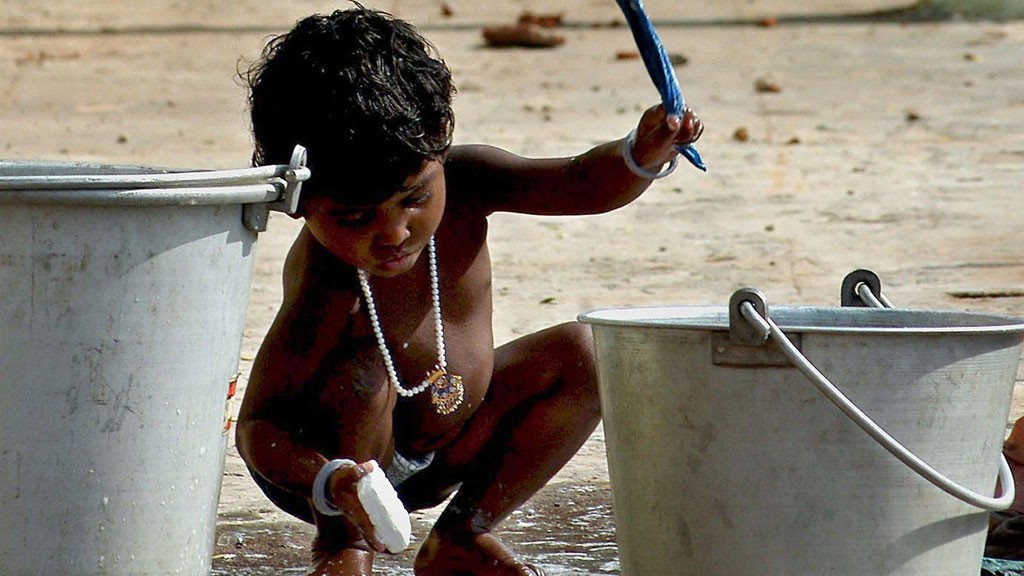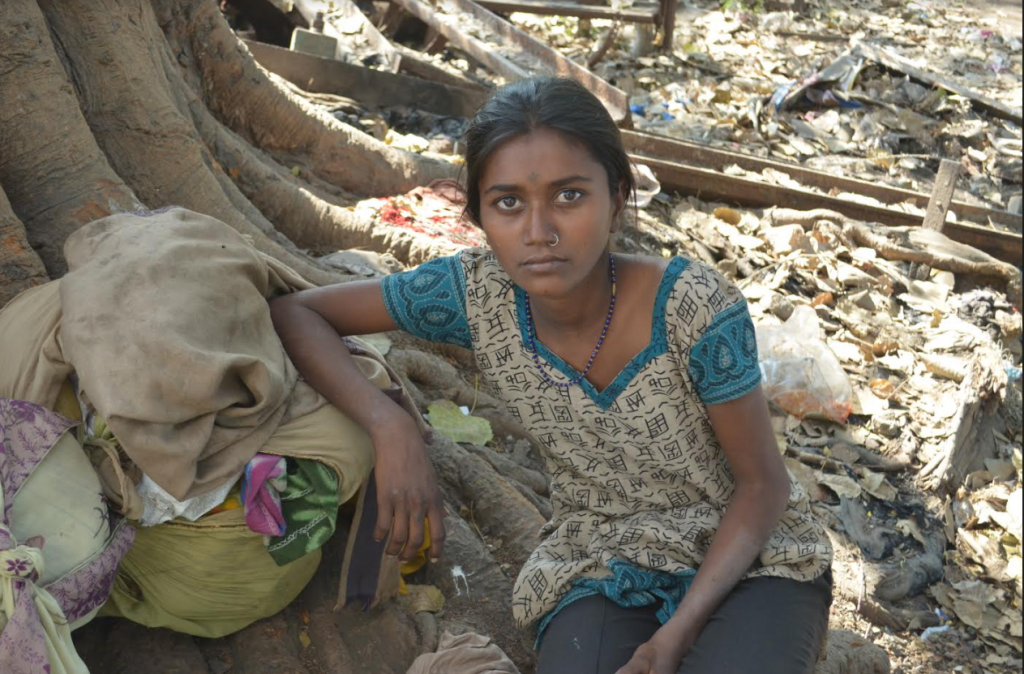No place for girls in rising India
It is ironic that while India is one of the world’s fastest growing economies, many Indian women are still trapped in the dark ages. Just name it – female feticide, child marriage, sexual violence, dowry, domestic slavery and abuse top gender evils. It might not necessarily be in that order.
But what is even more incongruous is that decades of sex determination tests and female foeticide have created a statistical anomaly in the sex ratio at birth in India.
Skewed sex ratios are so acute in the states of Punjab, Haryana, Delhi, Gujarat and Himachal Pradesh that male folk are actually “importing” or “buying off” women from other states. The reason: there are simply not enough women.
The worst state is Haryana which is notorious for its treatment meted out to women. It has the most imbalanced sex ratio where there are 834 girls per 1,000 boys. Parents believe a girl child won’t be able to work and generate income. So, they prefer a boy child and in many cases, keep aborting until one is born.
A girl child is not preferred by most parents in villages because the dowry system is still functional. This poses a huge financial burden on the families having a girl child and so they prefer not to have one and even go the extent of aborting or killing her.
Though no concrete figures are available on the exact number of female feticide cases, an estimated 37,000 girls are killed every year in the state before they are born.
But the atrocities do not stop here.
In thousands of villages across the 21 districts of Haryana, sufficient stories abound of the notorious Khap Panchayats or Caste Councils that has laid down strict rules regarding marriage.
The concept of village and territorial exogamy (couples in the same village can’t get married) and strong apprehension against inter-caste marriage further escalate the problem.
If, by mistake, a woman marries without complying with the rigid rules set by the Khaps, she is assaulted and killed in a horrible manner and sometimes in front of the public too. These are honor killings. Not only does this reduce the sex ratio, but has a larger message in instilling fear in people’s minds.
So what then does one do for procreation to keep the lineage going? And how can that happen if there are simply not enough marriageable girls?
When they don’t get women locally, traffickers obtain them from other states.
And these women are referred to as a paro or molki (‘molki’ literally means ‘one who has a price’) — the terms used for women who have been purchased in other states and brought to the region. These are derogatory labels where the skewed sex ratio and entrenched feudalism has resulted in a flourishing trade in women trafficked from the poverty-ridden villages of Assam, West Bengal, Jharkhand and Odisha.
It is certainly a grim situation in Haryana where women suffer in silence.
Everyone acknowledges there is a problem when it comes to women in the state. The state chief minister Manohar Lal Khattar himself declared, “It is a grave concern for us. The attitude of people towards their daughters is deplorable.”
Strangely, Prime Minister Narendra Modi chose the state of Haryana to start his ambitious Beti Bachao (Save the Girl Child) programme but that too seems hasn’t helped a lot. Is anyone listening?
Author: Murali Krishnan
Editor: Marjory Linardy
WTO RECOMMENDS
The impact of #Selfiewithdaughter campaign
For the first time, India’s Prime Minister Narendra Modi utilized his social media presence and fan following to bring about awareness on the delicate subject of female feticide in the country. (From July 14, 2015)
Justice for the daughters
Mitu Khurana is a doctor who been fighting for years against female foeticide. She has been a victim of her parents-in-law who tried everything in their power to stop Mitu from giving birth to her twin girls. She has now become the woman who champions the cause of baby girls and an activist who leaves no stone unturned to create awareness on the problem of sex selection. (From March 8, 2013)
‘It’s a girl’
Evan Grae Davis’s new film entitled It’s a Girl has been a great success since its launch in September 2012. The film has hit a nerve amongst those in India and China advocating dignity and equality for women. Indeed the film has become part of a campaign on Twitter and Facebook which has “gone viral” – to use the language of social media networks. Meanwhile, the film has been screened for lawmakers in Europe and is enjoying great success with universities and NGOs in the battle to end gendercide. WomenTalkOnline’s reporter Roma Rajpal had the opportunity to speak to director Evan Grae Davis. (From January 30, 2013)









